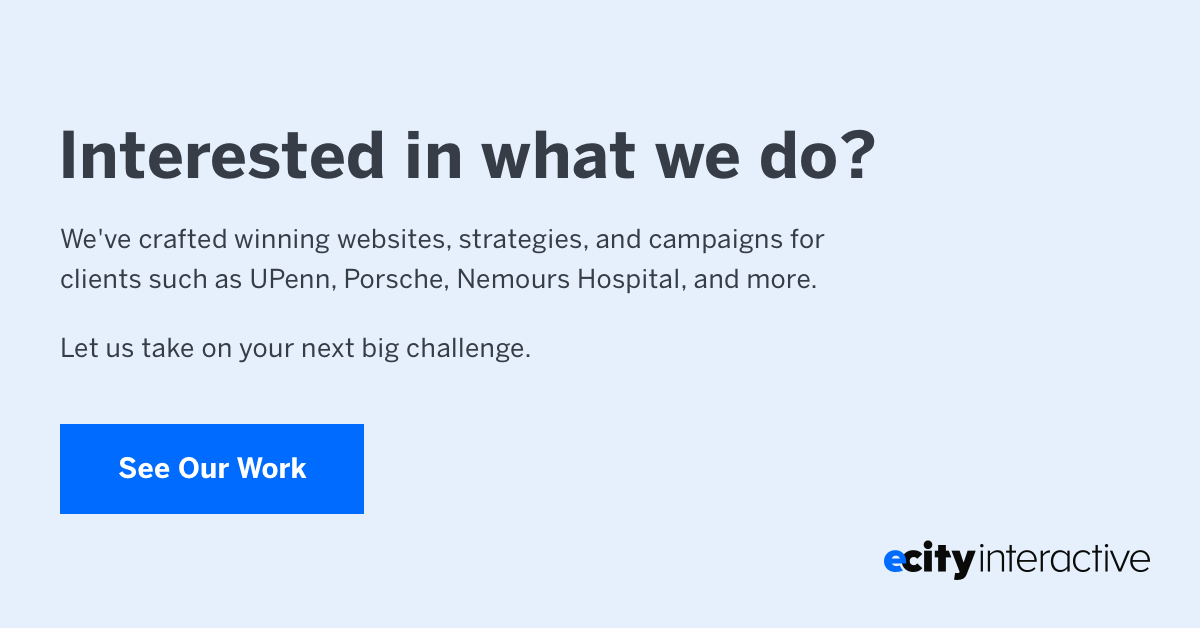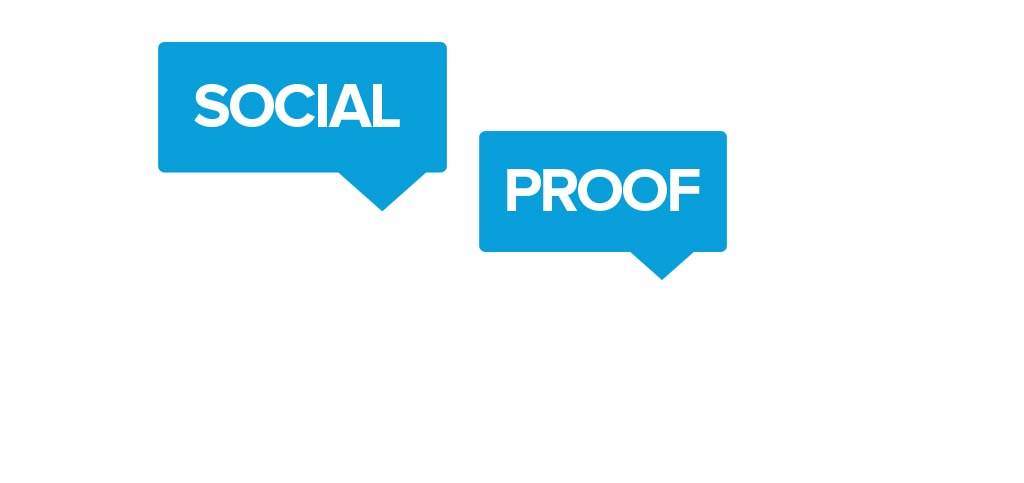There’s a reason why teenagers are often associated with the phrase, “But everyone else does it!” Teens and young adults emulate their peers’ behaviors — both positively and negatively. That’s a good reason to incorporate social proof in your website design.
Tech Crunch calls social proof “the new marketing.” It’s a way to leverage existing customers’ enthusiasm for your organization to recruit new customers. When potential customers see that their peers are excited about your organization, they start to feel excited, too.
Customers Trust Word-of-Mouth
Imagine for a moment that you’re a high school student and you’re looking for a college to attend. You participate in a college fair at your high school and a representative from one of the universities says, “We’re the best school in the state!” You might not give much credence to his or her statement.
However, what if one of your friends dragged you over to that university’s table and said the same thing? You would hold your friend’s opinion in higher regard because you trust your friend and because he or she has no material connection to the school.
Or imagine you’re a new parent in the market for a family vehicle. If a 30-second advertisement touts the safety of the newest minivan on the market, you might not be persuaded. But if a friend of yours, who’s also a parent, told you about how much they love their new minivan? That’s much more likely to resonate.
Social proof allows you to leverage that phenomenon in your website design. Whether you publish testimonials from satisfied customers or the number of “Likes” on your Facebook account, you’re taking advantage of what others say about your organization. Potential customers will trust those statements more than if you made them yourself.
Everyone Loves a Story
You can take social proof a step further and tell a story about one or more of your customers. Explain how they acquired your product or service and tell a study that communicates how that product or service helped them achieve something. Publish a full case study that includes quotes from the customer, photographs, and other details that tell a story.
Studies show that social proof in the form of text combined with images works better than text alone. Plus, storytelling is a natural, organic way to incorporate social proof into your website design without resorting to a heavy-handed approach.
You’ll benefit from increased traffic, heightened exposure, and an improved reputation. Everyone loves to hear a success story, and if they associate a success story with your organization, it becomes even more powerful.
Social Proof Creates Community
Finally, the success of your organization is built around your community of users. Without your users’ stories, your product or service loses a key emotional benefit. Social proof leverages that sense of community and invites prospective customers to join an established group of product users.
We humans are impressionable and social creatures. We want to feel included and wanted, and social proof demonstrates that we can join a supportive, enriching community that will serve our needs and help us reach our goals.
Social proof simultaneously fosters a sense of connection among your current customers. When a customer sees his or her quote on the front page of your website, the resulting pride and affection further bolsters your organization’s reputation.




